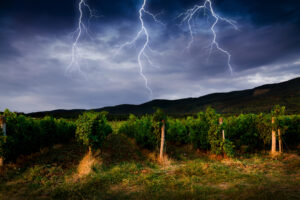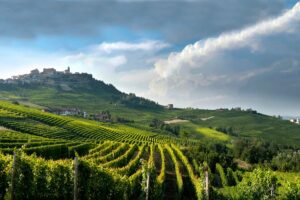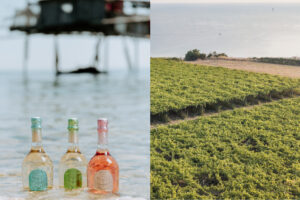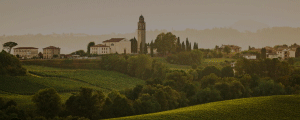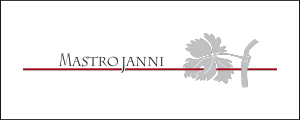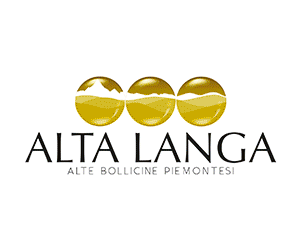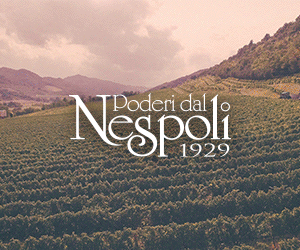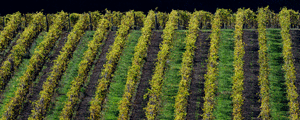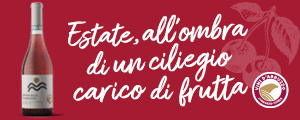The 2013 harvest, as seen by the "Academy", from Milan to Naples. While Italy is getting started on this year’s harvest, which has already given way to many unbalanced estimates and forecasts, here are the authoritative opinions of two of the highest-level experts, Attilio Scienza (University of Milan) and Luigi Moio (Federico II University in Naples). And, even though they have slightly differing opinions, they both say it is "impossible to predict the quality, September will be decisive".
"It’s hard to say too much about the quality of 2013 Italian wines as the harvest has just started: we have harvested the early grapes, especially in the South, but we do not have substantial proof yet. It's all in the hands of the weather from now on, but we are optimistic", said Professor Attilio Scienza.
"I think in any case, given the health of the grapes and the good state of the vegetation”, he added, “we should also be able to withstand some perturbance, which will surely come from the Atlantic, and we hope that maturation can proceed as usual. Speaking of wines in the future, and of course these considerations are to be taken lightly, you could say that we are returning to the harvest of the Eighties, in terms of the maturation cycle, harvest period and chemical composition. Musts have great acidity with sugars that are growing and very colorful, so I think we will return to the wines of thirty years ago. We hope that the consumer perceives this difference and appreciates it. We could return to lighter, fresher, but also more complex wines with good durability.
The wines of the Eighties were like that, and I hope that young people, especially, will appreciate the wines that they never drank but perhaps have read about in stories by Veronelli or Soldati, because it is very difficult to perceive those wines by just reading the stories. They were the wines that made our country great - the wines of Piedmont, Veneto, Tuscany, Sicily, wines that indeed were the wines of Italy. And they are the ones that, I believe today are being researched for the evolution of the markets. "Wines that are not better”, said Scienza, “but different than the style dictated in a certain period from California or Australia that were "quite alcoholic wines, a little too “syrupy”.
But as we already mentioned, everything depends on the climate in September.
"Probably 2013 wines, in general, will be fresher and more acidic, but we have to wait until all the grapes are in the cellar and wine making begins to say something about the quality. The only certainty today”, said Luigi Moio, “is that we have more grapes. It's been a year of abnormal climate: there was an excess of water, frequent rains with short periods in between that often prevented growers from managing the vineyards well, especially in slope or clay soil areas. Thunderstorms are everywhere, from the Alps to Sicily. This year was an almost subtropical climate, and it was also difficult to predict. Clearly the water has given greater vigor to the plants and those growers who have been good at or had luck working the vineyards now have a lot more and healthier grapes. But the continuous rains have also brought on some diseases such as downy mildew, have made the fight against disease difficult. Many vineyards have a lot of grapes but the leaves have been attacked by mildew. Nothing is lost, of course, everything is tied to the weather in September, especially for late varieties and red wines. Certainly, it is an extremely difficult vintage from a purely organic approach, for example. It is a year that will bring out the professionalism of the winegrowers working in the vineyards”.
Copyright © 2000/2024
Contatti: info@winenews.it
Seguici anche su Twitter: @WineNewsIt
Seguici anche su Facebook: @winenewsit
Questo articolo è tratto dall'archivio di WineNews - Tutti i diritti riservati - Copyright © 2000/2024











